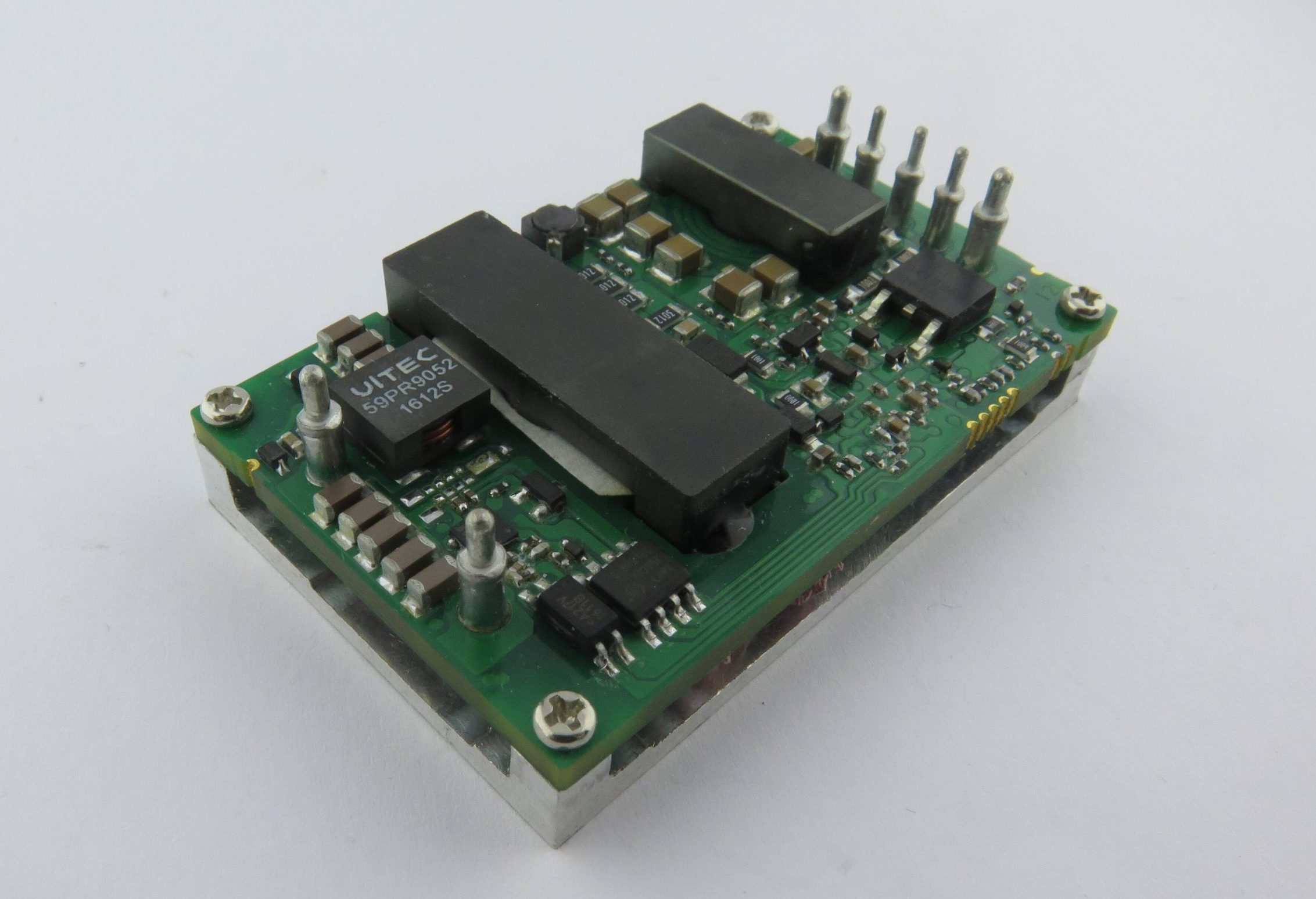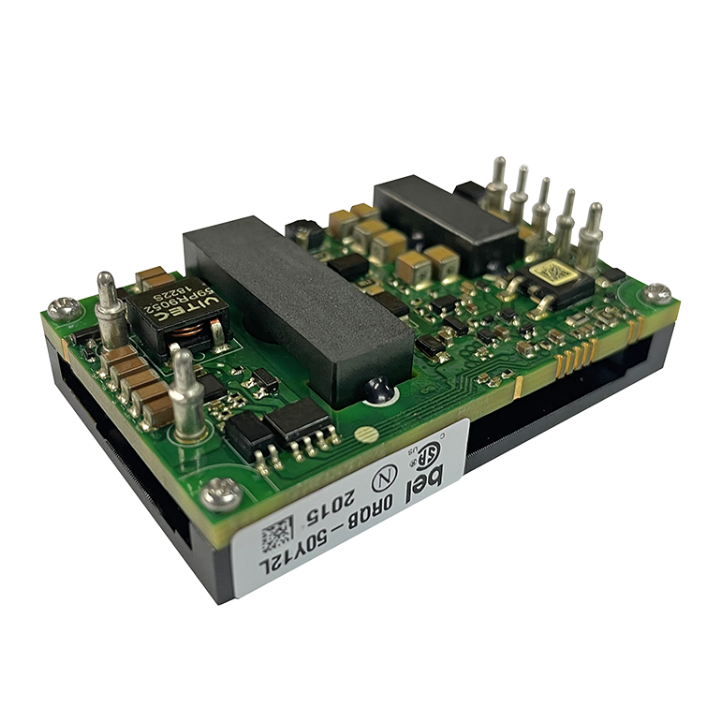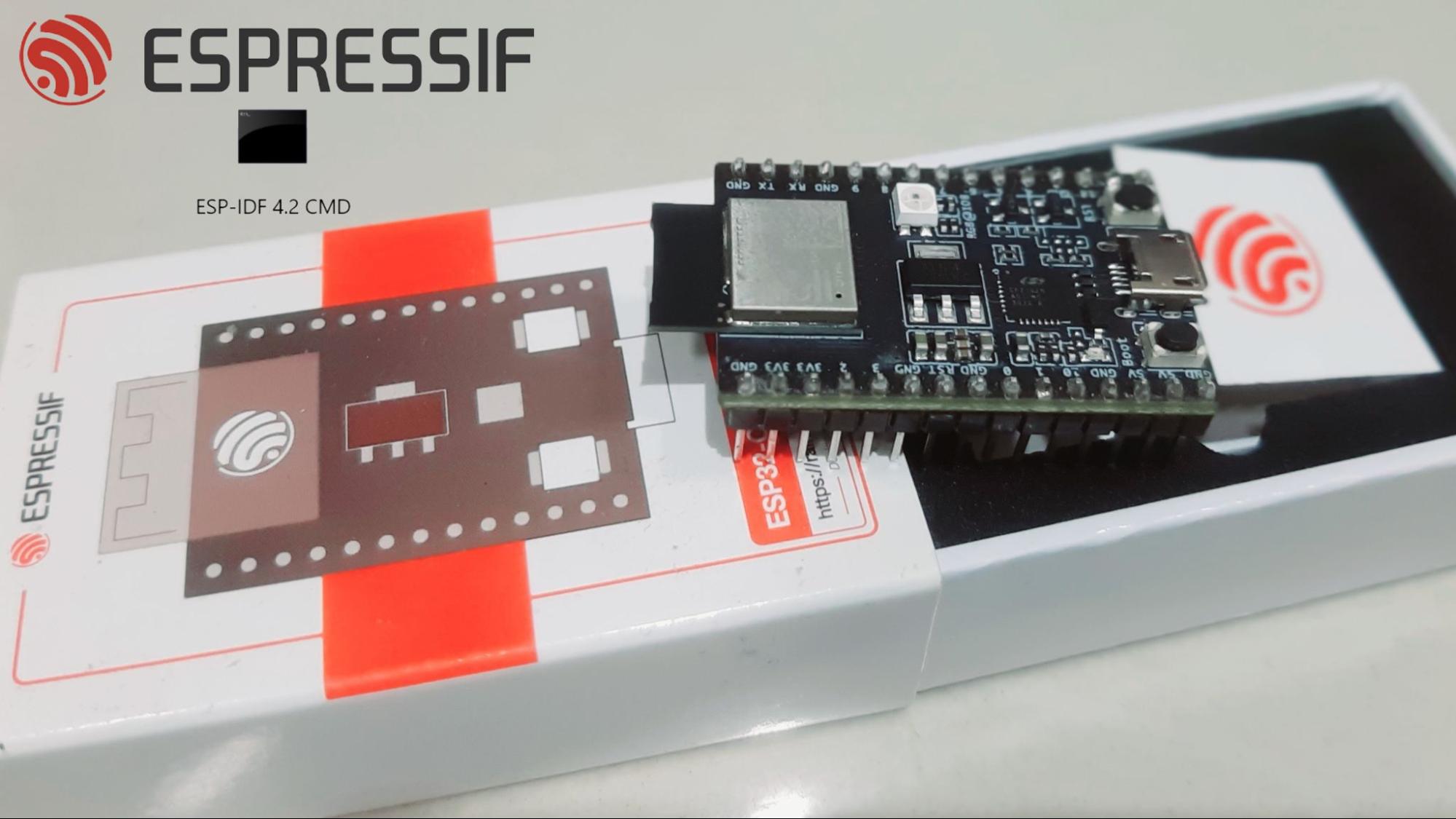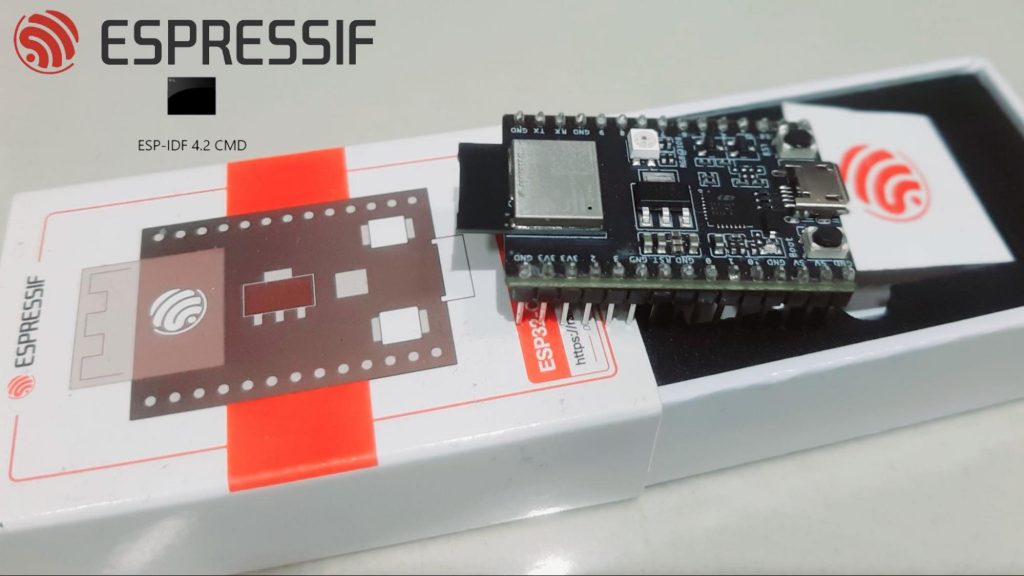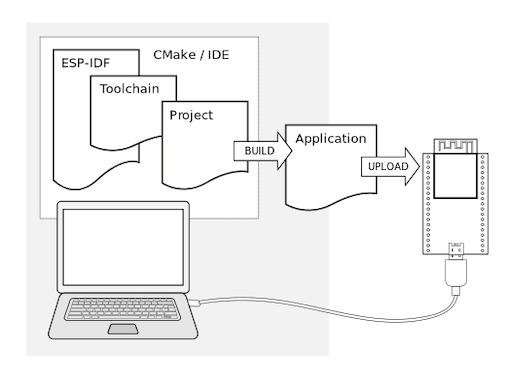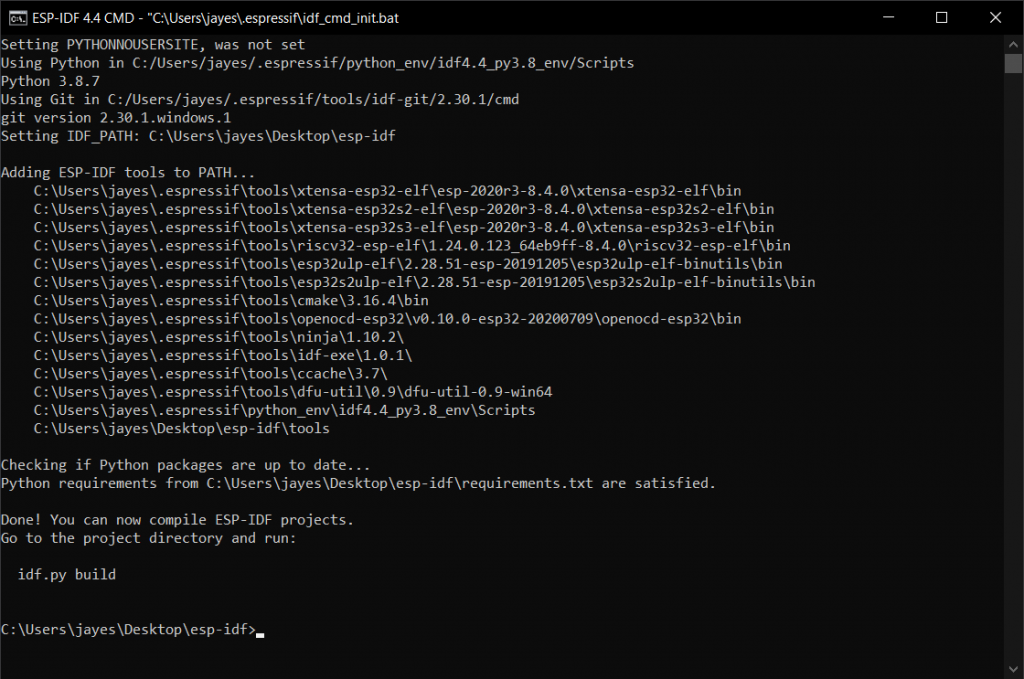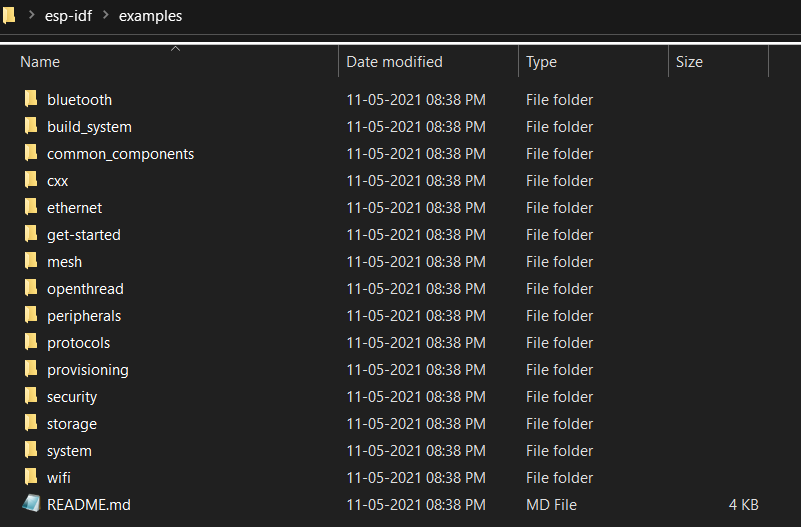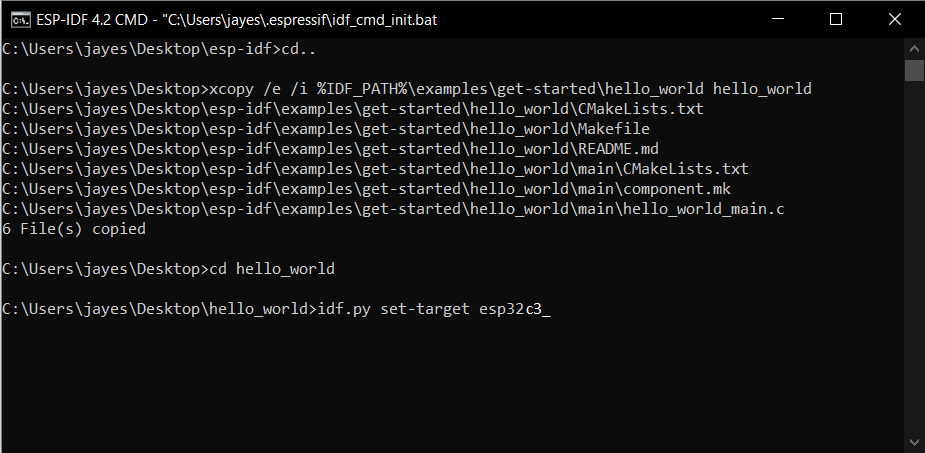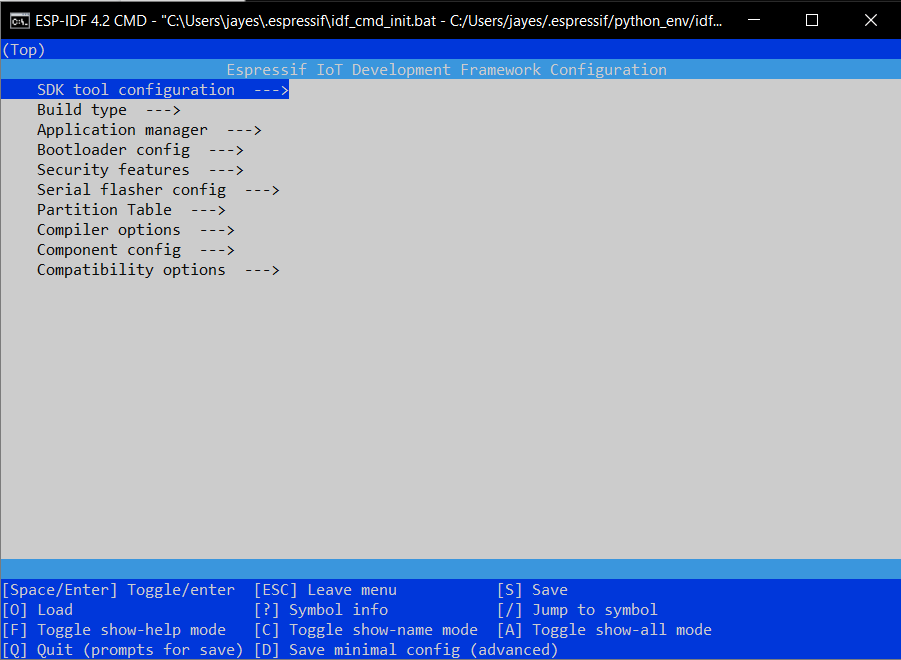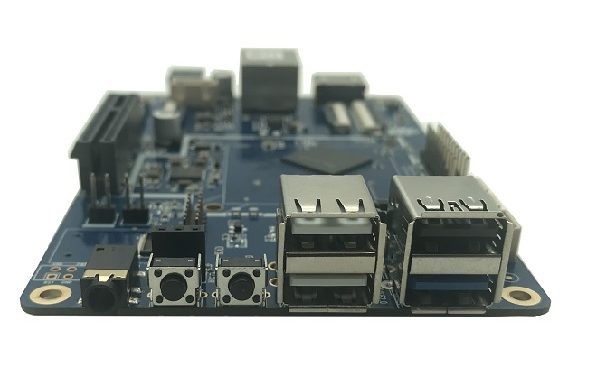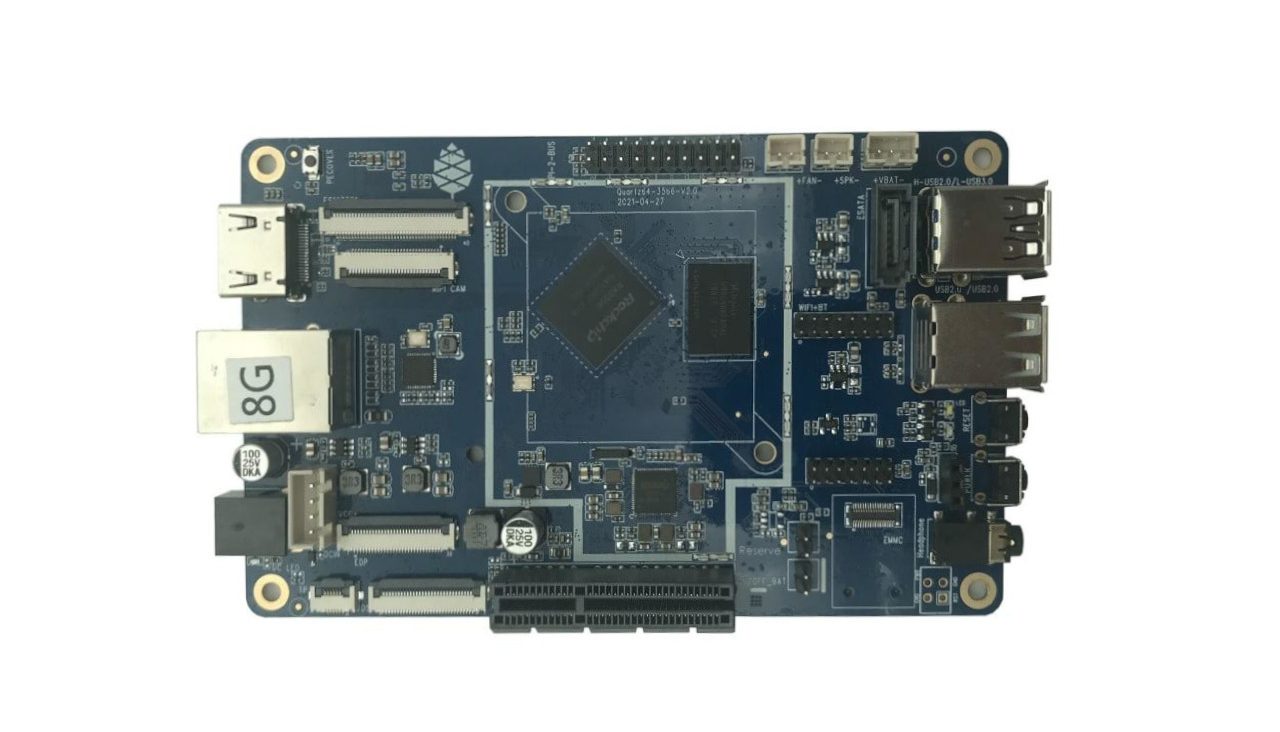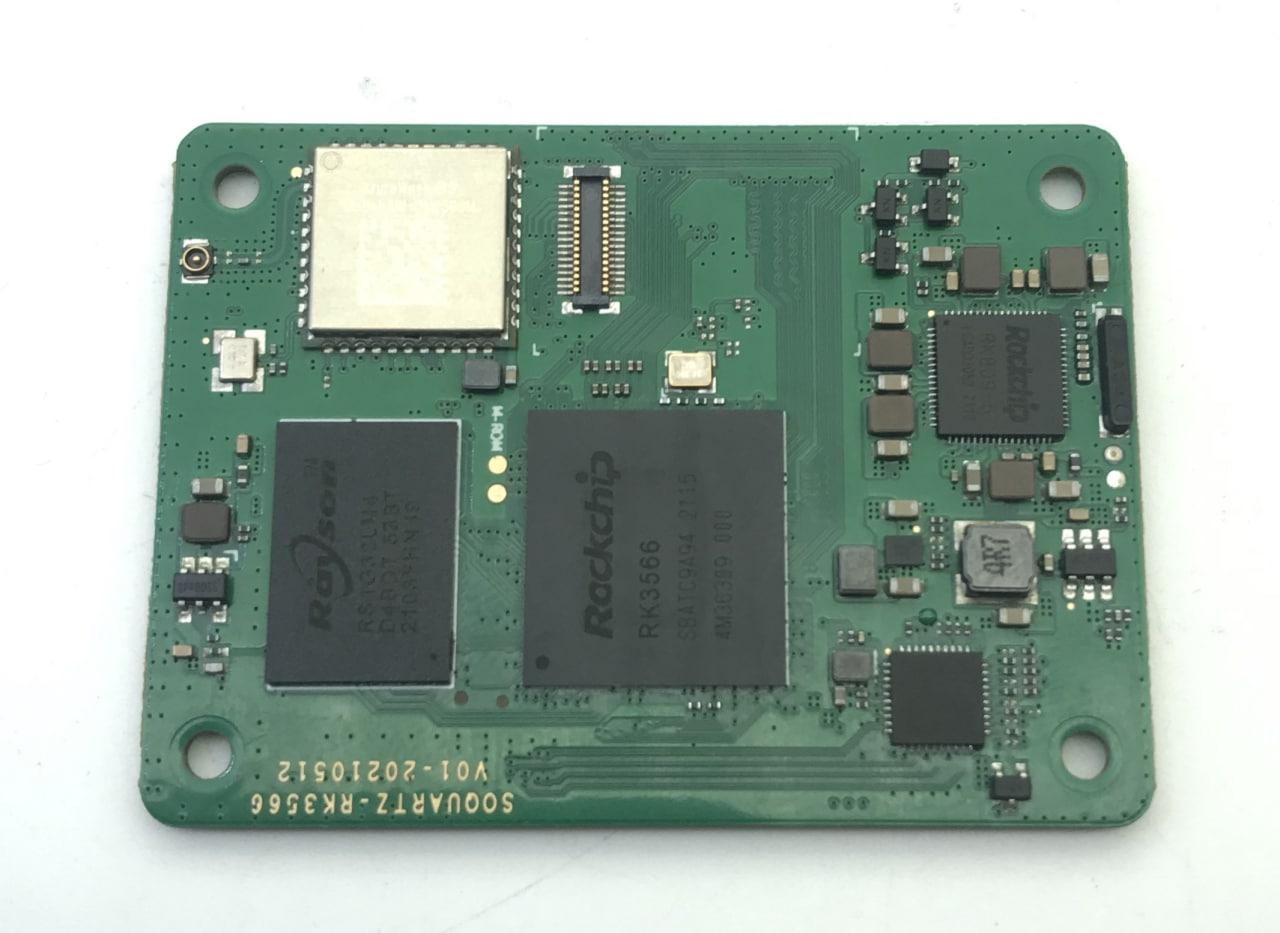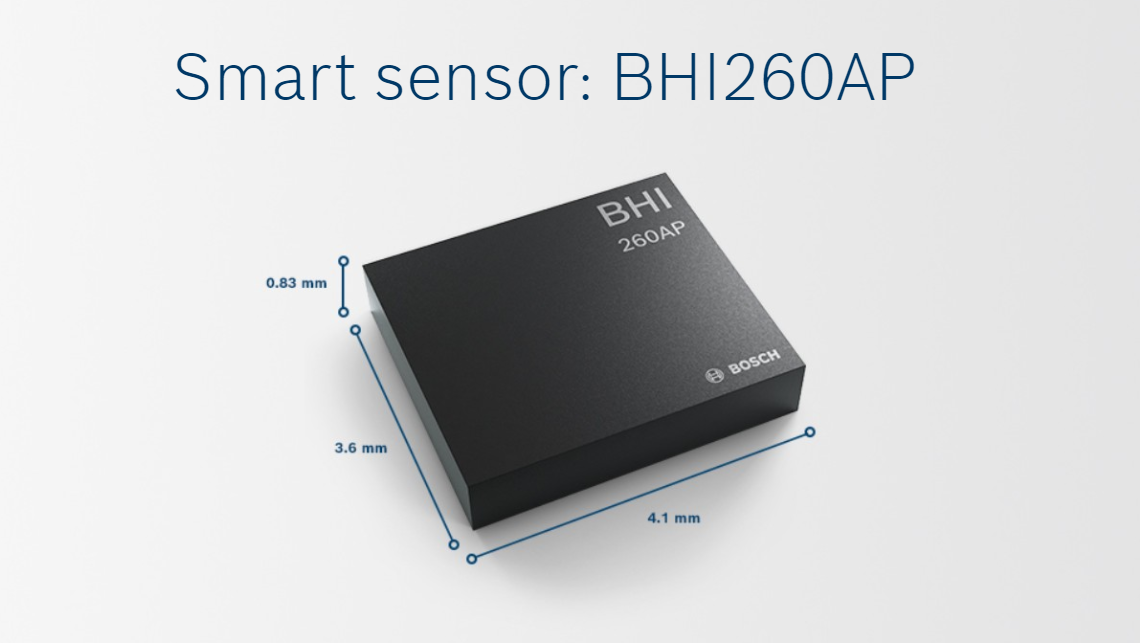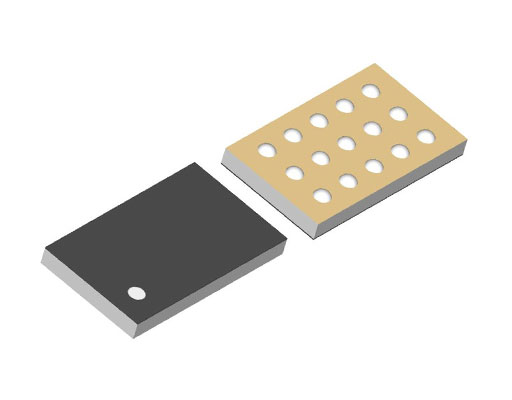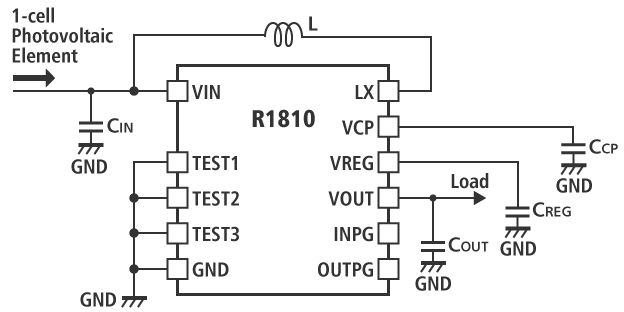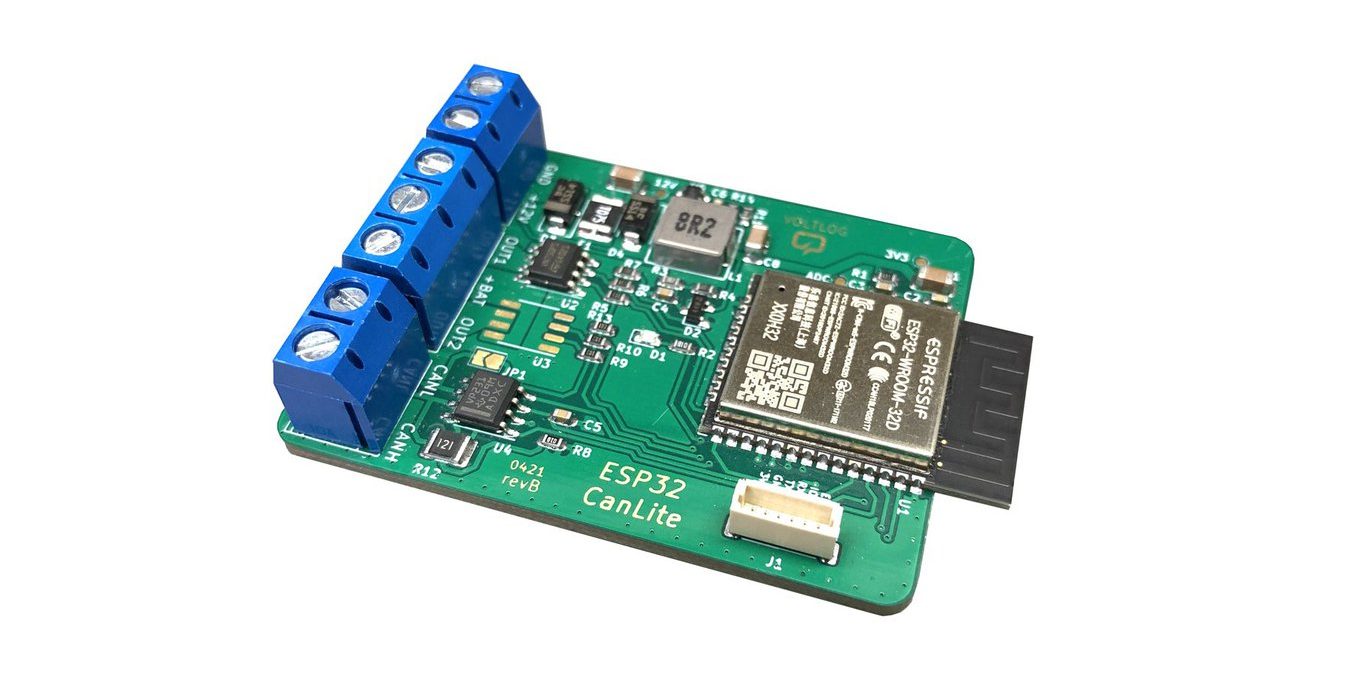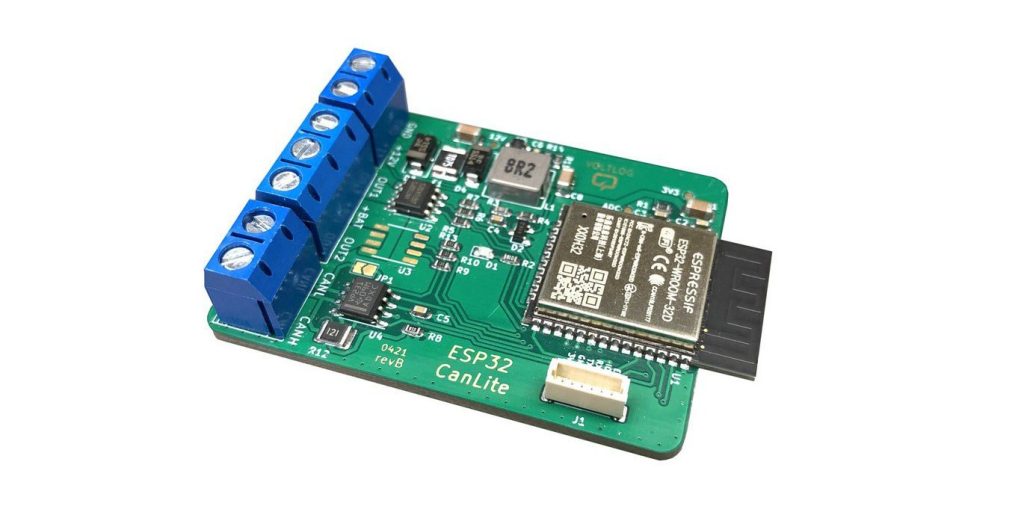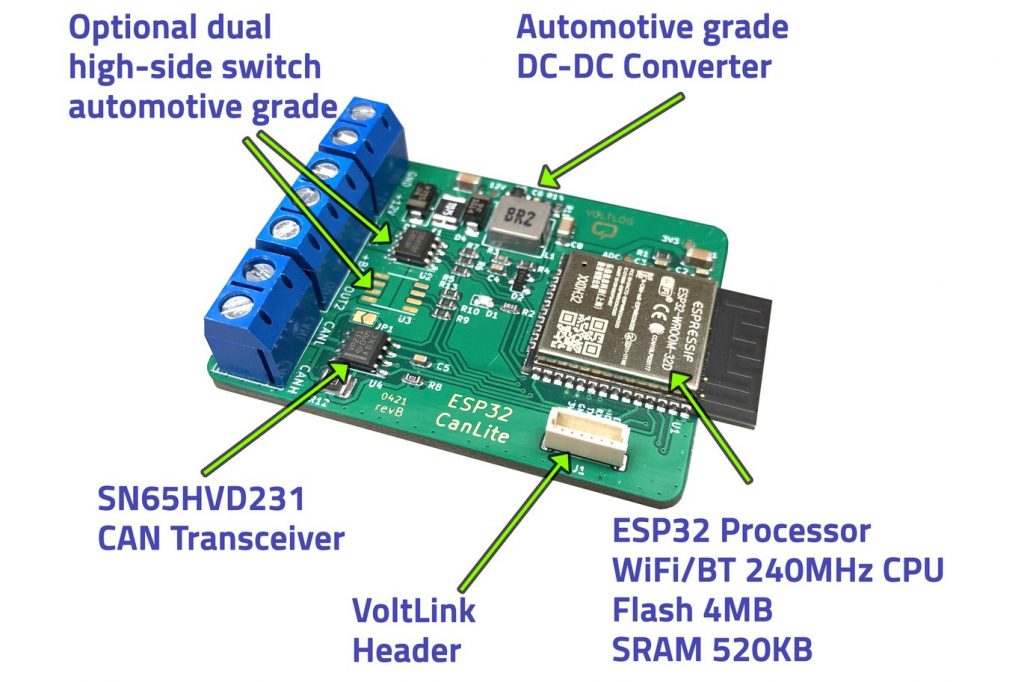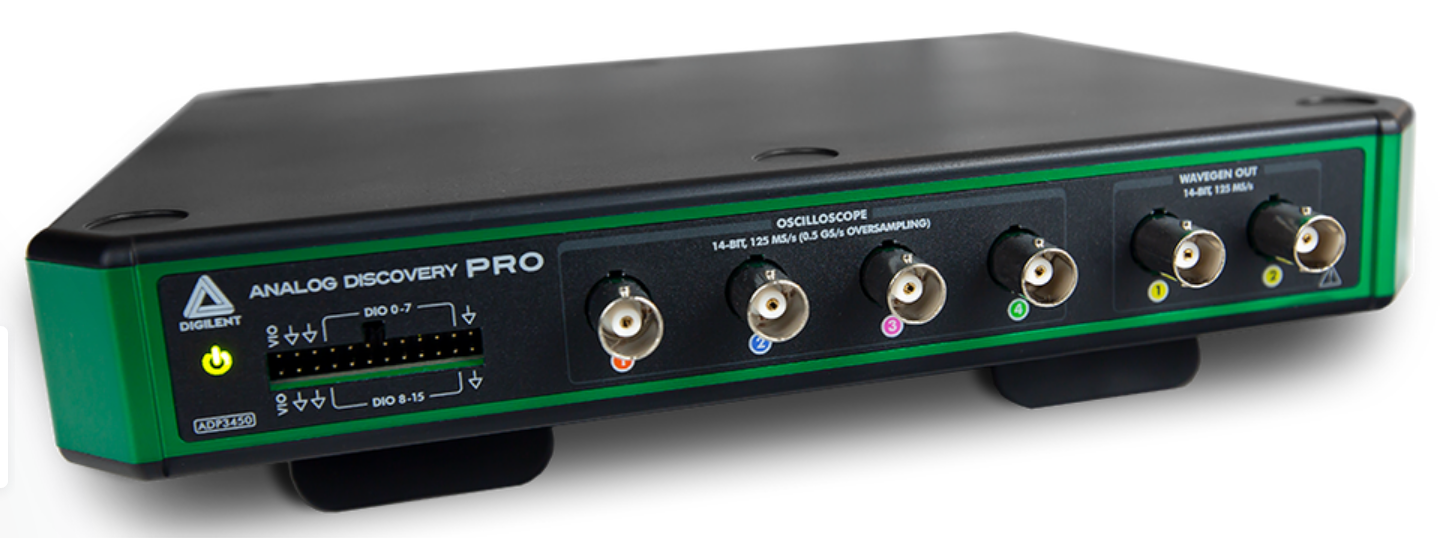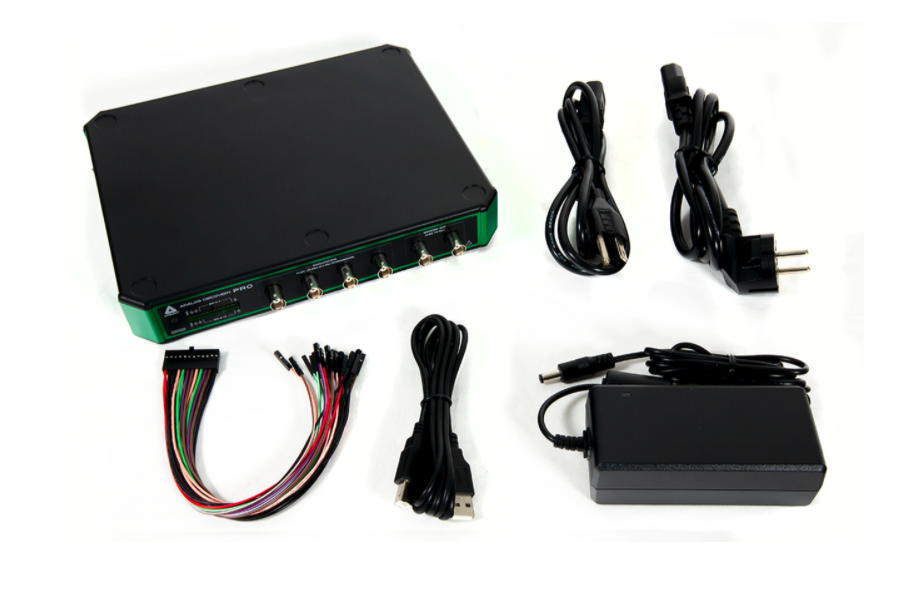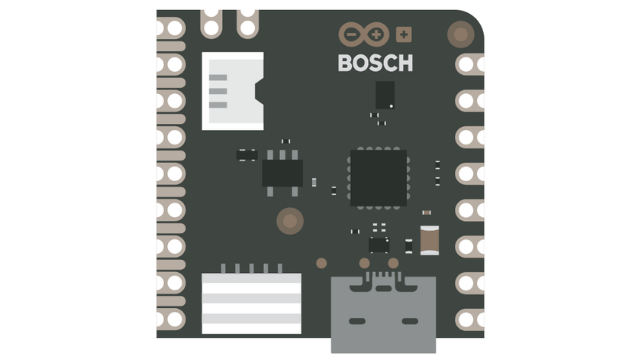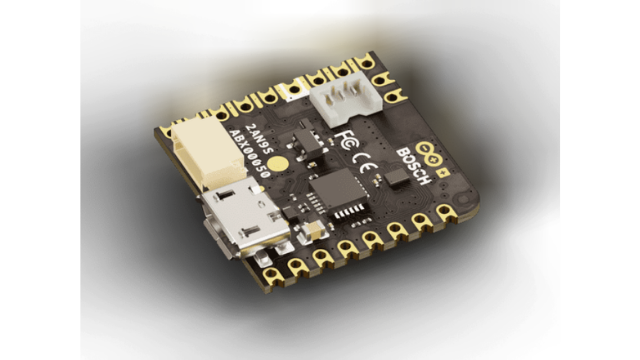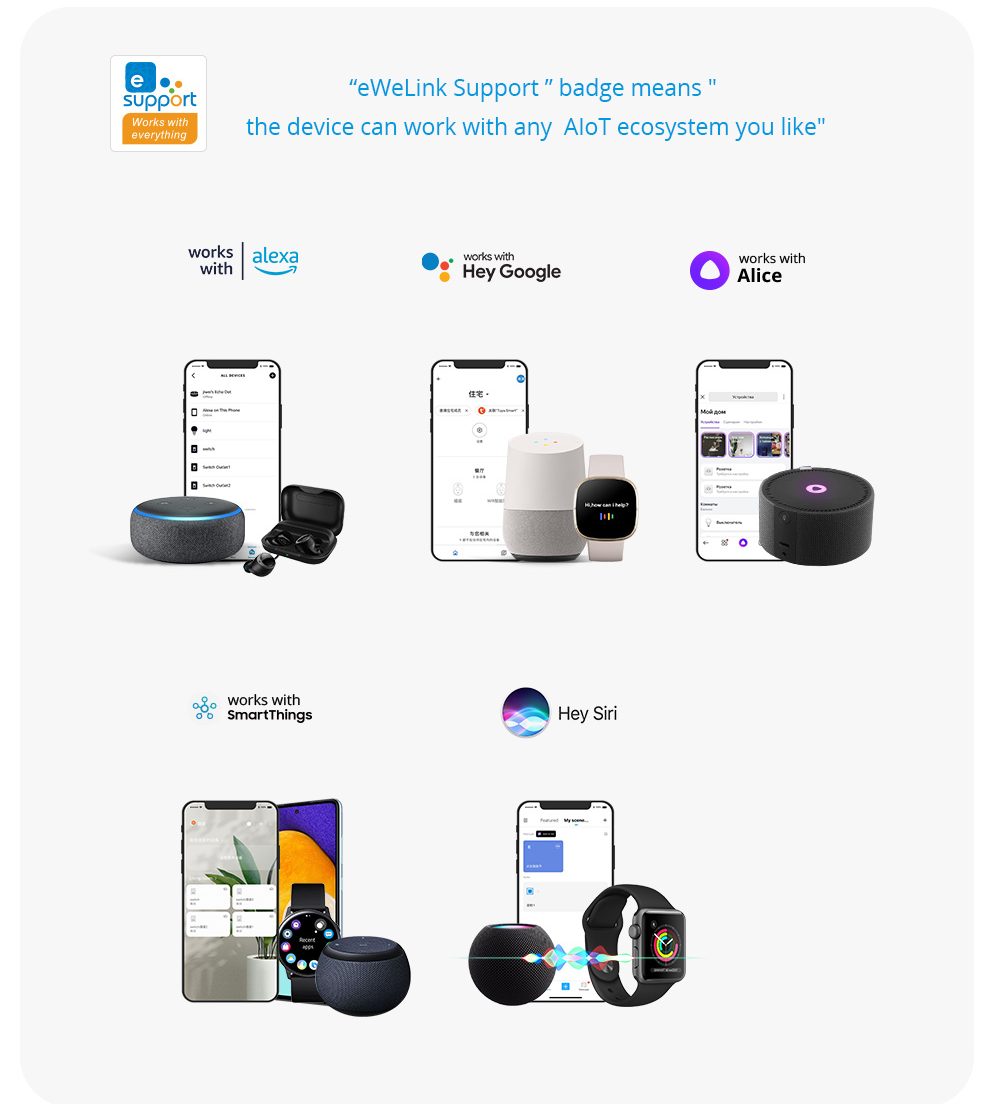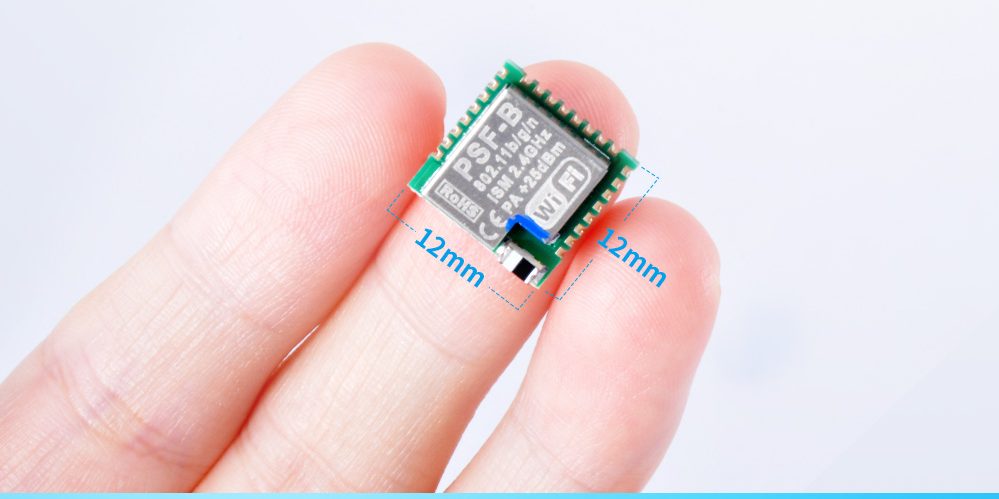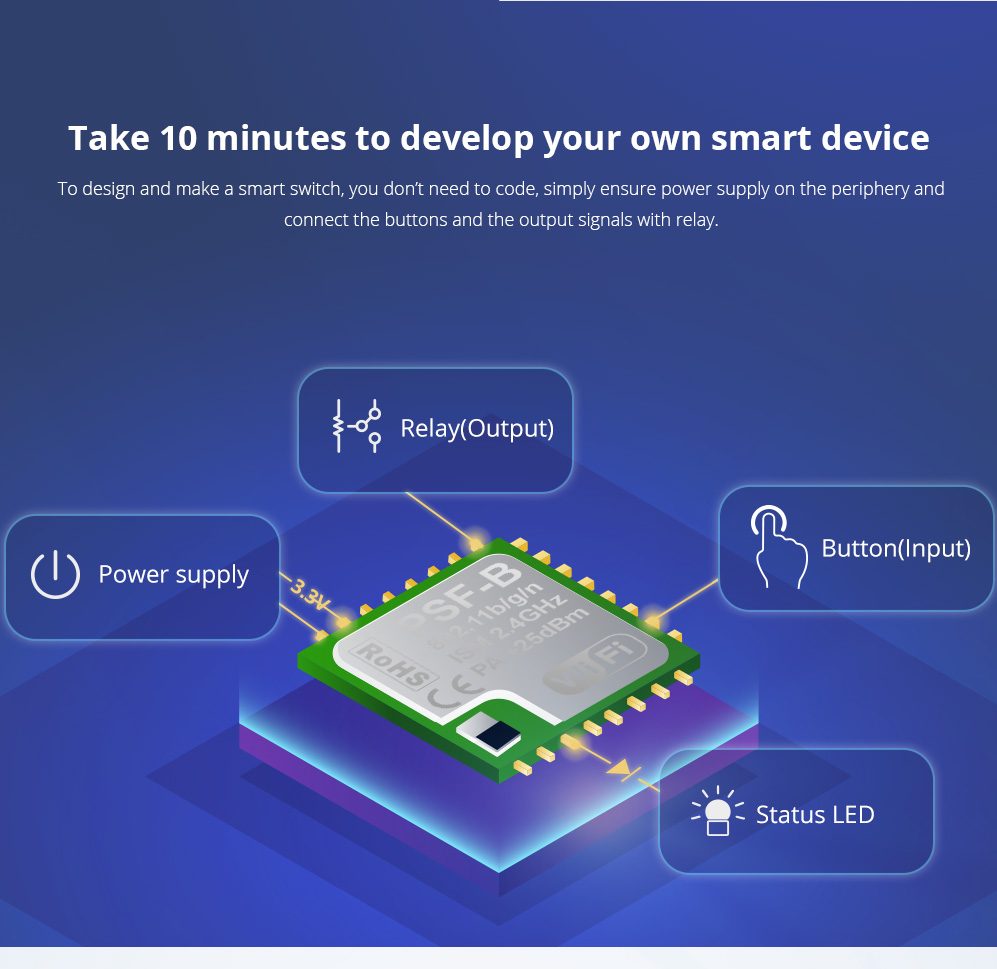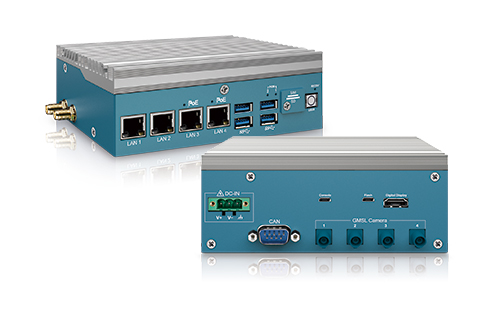
Featuring 6-core NVIDIA Carmel ARM® v8.2 64-bit CPU and 384-core NVIDIA Volta™ GPU, Vecow EAC-2000 Series features power-efficient in a small form factor to empower Edgae AI applications including Traffic Vision, Intelligent Surveillance, Auto Optical Inspection, Smart Factory, AMR/AGV, and any AIoT/Industry 4.0 applications.
Vecow Co., Ltd., a team of global embedded experts, announced the latest Fanless Embedded System EAC-2000 Series. Powered by NVIDIA Jetson Xavier NX module, Vecow EAC-2000 Series delivers great power efficiency in a small form factor. With support for operating temperature from -25°C to 70°C, 9V to 50V wide range DC-in, along with GMSL technology linked with Fakra-Z connectors, EAC-2000 Series brings small size and easy deployment of AI vision and industrial applications including Traffic Vision, Intelligent Surveillance, Auto Optical Inspection, Smart Factory, AMR/AGV, and any AIoT/Industry 4.0 applications.

Vecow EAC-2000 is based on the new NVIDIA® Jetson Xavier™ NX module that provides more than 10x the performance of its widely adopted predecessor, NVIDIA Jetson TX2. Featuring 4 GMSL automotive cameras via rugged FAKRA-Z connectors, the EAC-2000 is well suited for industrial and outdoor environments. The EAC-2000 is further equipped with 4 GigE LAN including 2 PoE+ to simplify cable installations and deployments, 6 antennas to enable seamless connectivity, and 1 CANBus to offer faster and robust communication between vehicles.
“Vecow EAC-2000 Series adopts NVIDIA Jetson modules to help accelerate AI performance to the Edge,” said Esther Han, Product Manager, Embedded Systems & Platform Division at Vecow. By integrating Jetson Xavier NX module, EAC-2000 Series is ideally designed for AI vision applications that require intensive-computing, flexible expansion and trusted reliability.”
“We are excited to introduce this new AI platform option to Vecow Arm-based Edge Computing System to our partners,” said Joseph Huang, Sales Manager, Sales & Marketing Division at Vecow. “The brand new launch of EAC-2000 addresses the demands for Edge AI inferring devices that require to be smart, ultra-compact size and high-performance while delivering lower power consumption. We are pleased to have the new enhancement of our wide product range of Edge AI computing system series. The Vecow team is leveraging the NVIDIA Jetson modules to help our partners faster deploy modern AI applications across industries.”
Powered by NVIDIA® Jetson Xavier™ NX module, Vecow EAC-2000 Series delivers up to 21 TOPS AI performance with only 15W. With the support of GMSL camera via rugged Fakra-Z connectors, fanless -25°C to 70°C operations and 9V to 50V DC-in, the EAC-2000 Series is ideally suited for Traffic Vision, Intelligent Surveillance, Auto Optical Inspection, Smart Factory, AMR/AGV, and any AIoT/Industry 4.0 applications.

EAC-2100 Arm-based Edge AI Computing System
NVIDIA® Jetson Xavier™ NX, 4 GigE LAN with 2 PoE+, 4 USB 3.1, 2 COM RS-2232/485, 1 SIM, 4 GMSL, 1 CAN Bus, High Performance, Rugged, -25°C to 70°C Extended Temperature
EAC-2000 Arm-based Edge AI Computing System
NVIDIA® Jetson Xavier™ NX, 4 GigE LAN with 2 PoE+, 4 USB 3.1, 2 COM RS-232/485, 1 SIM, High Performance, Rugged, -25°C to 70°C Extended Temperature
To know more about Vecow Arm-based Edge AI Computing System, please visit the EAC-2000 product page or www.vecow.com for more details.


